EBOOK
Summer Marketing: Leveraging Events for E-Commerce
Published: May 30, 2018
Summer Marketing: Why events are key for e-commerce
Marketing around events and holidays is a key part of any e-commerce brands arsenal: dates like Valentine’s day, Mother’s Day, Black Friday, and more present the perfect opportunity to capture new customers and increase sales.
Traditionally, however, these established shopping holidays become fewer and further between as the summer months approach. Fortunately for e-commerce brands, recent years have seen a rise in new shoppable moments for summer marketing driven by tie-ups, sponsorships, activations, and even some unofficial ‘hijacking’ of summer sports and music events. Festival season has even been credited with creating a 5th addition to the traditional fashion calendar – and for some generates more revenue than Q4 peak!
The rise of the experience economy has seen a shift in how consumers want to spend their hard-earned dollars, with spending on experiences like leisure, travel and food set to rise to $8 trillion by 2030. Combine this with the dominance of social media and the increasing availability of smartphones, and the stage is set for brands to leverage of a whole new world of events, without necessarily requiring a physical presence or expensive sponsorships.
Summer marketing: The size of the online opportunity
The benefit of tapping into the experience economy for brands, aside from a boost in sales, is loyalty. Lasting loyalty is built on an emotional connection with a brand – and because events thrive on the emotion they inspire in fans, well-placed interactions can allow your brand to ride that wave.
The potential audience is massive, and in many situations reaches far beyond those physically at the event.
In the United States, 32 million people go to at least one music festival every year, and nearly half of those in attendance were millennials, a key demographic for marketers. As avid consumers of social media, this stacks up to significant reach – Coachella festival’s Snapchat story was viewed more than 40 million times in 2015. That’s almost 200 times the number of people actually attending the event.
And in the UK, according to Statista, 3.9 million fans attended music festivals, and the BBC’s coverage of Glastonbury 2017 reached an incredible 21 million viewers.
As the summer approaches, bringing with it countless music festivals, brands need to plan to make the most of the season – and this guide will show you how.
Summer marketing: your ticket to success
Engaging with real-world events and translating these engagements into increased sales or customer capture is a challenge that requires brands to be thoughtful and more than a little creative, but the results are well worth it. In this guide, we’ll explore the following considerations when planning a festival or sports themed campaign.
- The main event: which is right for your brand?
- Under the influence(r): how to use social media superstars
- Crowd surfing: making the most of user-generated content (UGC)
- Star players: mobile, video and paid social
- Real-time results: creating shoppable moments
Considering these factors will set you on the path to successful summer marketing with sports and music. Let’s explore each further…
The main event: which is right for your brand?
A good social strategy allows consumers to ‘experience’ an event, even if they’re just reading about it on Twitter, or catching up on videos at home via an Instagram story. Social media is the vital link between a brand, an event, and a consumer when it comes to your summer marketing strategy.
It’s also the most cost-effective way for brands to ‘hijack’ an event – to become a part of the narrative, and thus of the experience, without putting forward the costs that sponsorship requires
Influencer marketing has become one of the most effective ways to build interest in and excitement around your brand. Whether they’re Youtube vloggers or stars of Instagram and Snapchat, influencers have built huge audiences of young, fashion-conscious fans that will be hanging on to their every recommendation. In fact, 30% of consumers are more likely to buy something recommended by a non-celebrity influencer, such as a blogger, versus just 3% for a celebrity-endorsed product.
Festivals go out of their way to invite notable influencers to their events – they’re as useful a tool for selling tickets as they are champions of forward-thinking fashion brands. But it’s easy enough to make an impact without being officially associated.
Camping equipment company Vango sent select bloggers a free tent ahead of the festival season – when these bloggers reviewed the festivals that they’d been invited along to, they made sure to mention the quality tent that had seen them through their weekend camping.

When it comes to sports events, ‘influencer’ doesn’t have to mean top soccer stars or athletes: there’s room for creativity if your budgets don’t stretch to Lionel Messi. For the 2014 FIFA World Cup, Adidas (despite having Messi at its disposal) sought to outshine competitor Nike by creating an influencer to rival the Kardashians… with a soccer ball. Creating a Twitter account for the world cup ball, Brazuca, the inanimate influencer gained over 3m followers and became a celebrity in its own right:
Revolve Clothing took advantage of the ultimate influencer festival Coachella, inviting social media influencers to a star-studded pool party nearby, branded #REVOLVEFestival. Enthused by a heady day hanging out with Leonardo DiCaprio, the influencers posted blogs showing the Revolve clothing they’d worn to the party, in many cases including links to buy the items online.
The results? In a holiday period usually marked by sales and discounts, Revolve credited Coachella 2018 with driving their best week ever, with the Monday before the festival beating out Cyber Monday.

This marriage between content and commerce serves a dual purpose, not only driving traffic to Revolve’s website, but also providing social proof from someone the audience trusts.
Retailers like Revolve should look to tailor the experience for these visitors once they hit the site, mirroring the message of the blogger, and looking for opportunities to convert readers into subscribers. Luxury candle brand AHLT used referral source targeting to do just that around Mother’s day, targeting visitors from blog Sheerluxe with a special welcome offer to encourage conversion and lead generation:
Crowd surfing: making the most of UGC
Whether you go with influencers big or small, the key to driving consumers to action lies in two things: trust or ‘authenticity’ and social proof. User-generated content is the perfect combination of the two, and there’s plenty of it out there when it comes to events.
90% of the world had already contributed to conversations about the 2014 World Cup ahead of the first game kicking off, according to ADI – more than the Olympics or Super Bowl. And music festivals generate a near-constant stream of FOMO-inducing snaps, with 65% of festival goers sharing photos on social media during events. So how can brands put all this user-generated content (UGC) to good use?
It’s all about bridging the gap between content and commerce. For visitors who aren’t quite ready to buy, UGC can help build trust and provide inspiration. A neat way to incorporate this into the onsite experience would be to serve a notification to visitors dwelling on a product category page, directing them toward trending products from a social feed.
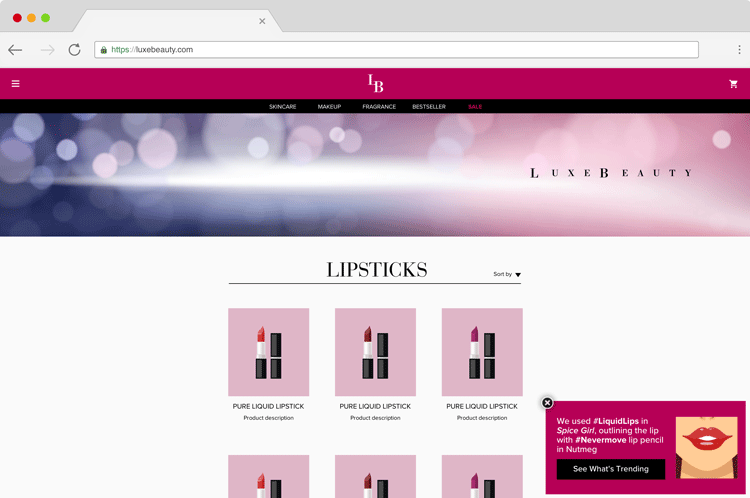
It works the other way too, as tagging up products in your social feed is another way to aid discovery. ASOS does this as part of its #AsSeenOnMe campaign, helping inspired visitors to get the look:

And for those almost at the final stage of their journey, UGC deployed on the product page can help give consumers that final nudge to convert, particularly if it matches with why they’re looking at buying the product in the first place. GoPro cameras managed to secure some great examples of its products in action at music festivals using the hashtag #GoProMusic and partnering with Bonnaroo festival.
Star players: mobile, video and paid social
How fans engage with their favorite events, be it sports or music, continues to evolve with technology – brands need to make sure they’re keeping up to keep customers engaged. For example, 90% of sports fans say they use a mobile device whilst watching games – data shows that mobile usage noticeably increases during commercial breaks in football matches. This represents huge opportunity and explains why plenty of big brands now have an on-the-spot team available to react to big sporting events in real-time on social media.
And when it comes to the type of content consumers are consuming on mobile, video is king – 50% of global views on YouTube are from mobile. And not only that, but smartphone users are 1.8x more likely to share branded content as their desktop counterparts.
Video content should be centered around giving the fans access to their favorite teams, sports and musicians. Manchester City Football Club was the first Premier League team to reach 1 million YouTube subscribers, which they did by sharing exclusive ‘behind the scenes’ content. It’s one of the few soccer clubs to have been able to monetize its content as a result and has recently announced a partnership with Amazon for a full behind the scenes series.
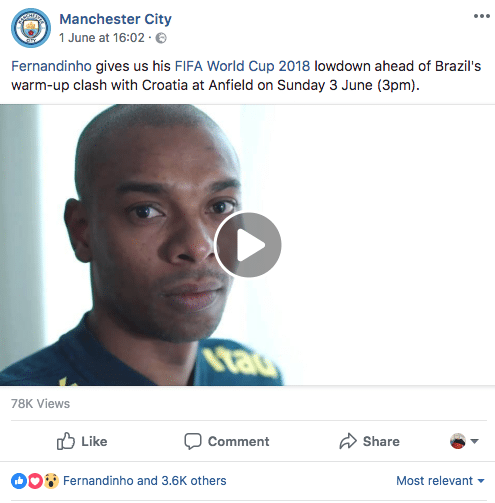
But if you don’t have exclusive footage of soccer stars, it doesn’t mean that videos featuring products have to be dry. Discount supermarket chain Lidl capitalized on the Euro 2016 soccer tournament with a quirky, shareable series combining the popularity of avocados on social media, with match-winner predictions on Facebook and Twitter:
Using the knowledge that video content is something consumers want more of, particularly when it comes to sports, athleisure clothing innovator Hylete wanted to test how it would work for its website visitors. Using Yieldify, the brand targeted visitors showing intent to abandon with static imagery or video content – the latter achieved a conversion rate uplift of 42.2% versus the control.
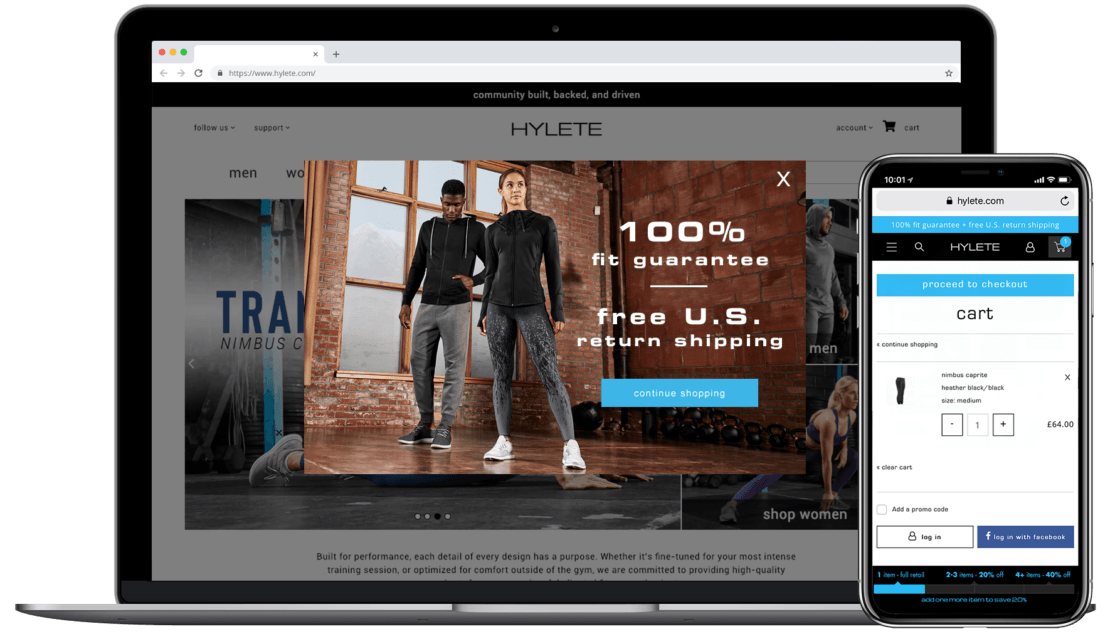
While some brands can rely on user-generated and influencer content, the issues with organic Facebook reach and the level of social noise around music and sporting events mean that a smart digital strategy will add paid social into the mix to amplify brand messages in the conversation.
When McDonald’s managed to claim the title of ‘most talked about brand’ during the 2014 World Cup, a significant amount of those mentions were with regards to a series of videos that had been supported by paid advertising on Facebook.
The charming videos, which re-enacted big talking point moments of the competition with cardboard cutouts and cartoon-eyed french fries were irreverent, easy to share, and seen by hundreds of thousands of people.
Official sponsor Budweiser was another brand that did well out of the tournament, and one of the handful that managed to see an uptick in purchase intent from a digital campaign. Twitter was the channel of choice, given its natural fit as a place for discussion around the games, which Budweiser boosted its presence within using promoted tweets.
For music festivals, Instagram is particularly well-suited due to the visual and mobile nature of the platform. Newer ad-formats like stories are worth experimenting with as they’ve not yet seen the saturation of other ad types, as just 42% of brands created an Instagram story in 2017. This means they can offer good value for money. For example, in our recent masterclass on optimizing acquisition, digital agency Rice Media shared how a £32 spend resulted in a 52k reach for one of their jewelry clients!
Real-time results: creating shoppable moments
A ‘real-time’ strategy is how brands will be best able to make the most of big events.
In 2013, a 34 minute-long power cut brought the Superbowl – America’s biggest single sporting event – to a standstill. As viewers around the world turned to the phones to tweet and share their reactions, so did social media teams. The gag shared by Oreo was so effective that it made headlines worldwide.
Power out? No problem. pic.twitter.com/dnQ7pOgC
— Oreo Cookie (@Oreo) February 4, 2013
It was witty, it was well-composed and, above all, it was put out into the world with remarkable speed. Great for brand awareness, but what about driving consumers to purchase? It’s all about planning, where you can, to take advantage of key moments.
The World Cup may take place over the course of a month, but the consumer experience isn’t 24/7. Instead, it’ll center on those days that matches are being played and even then, public focus will mostly be on those matches involving teams close to their hearts. Grocery and food brands might choose to time their offers and promotions around big matches for the country they’re operating in.
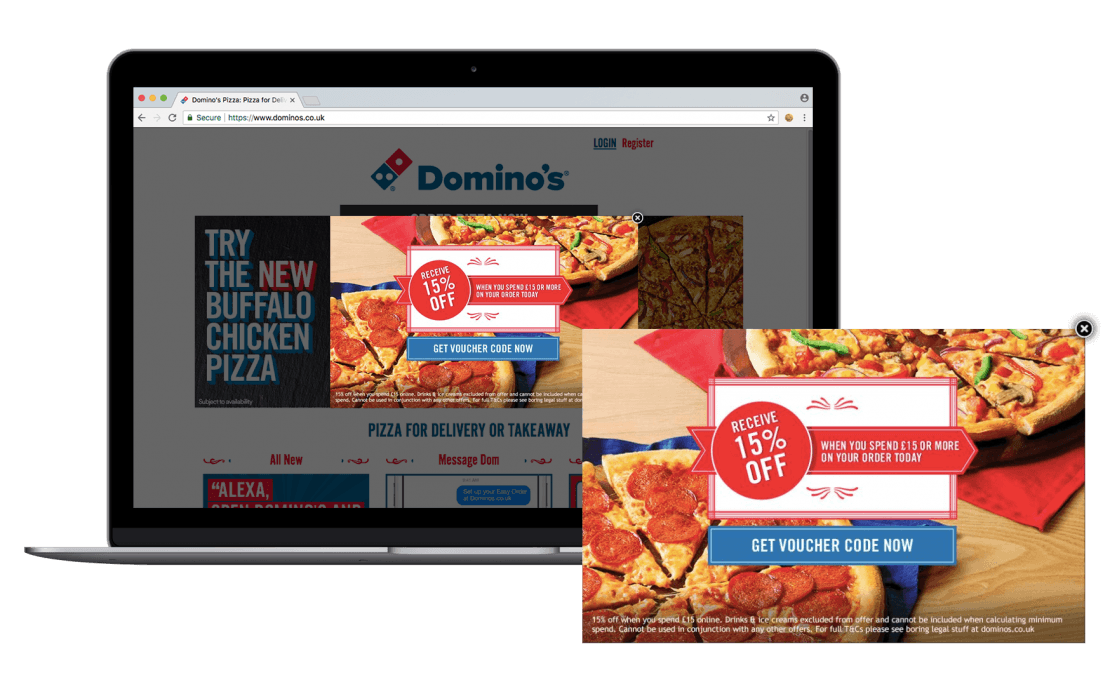
Domino’s Pizza has previously used tiered discounting that, if implemented ahead of major matches, would encourage consumers to make a purchase to be delivered in time for kick-off, whilst also having the potential to increase average order spend on the site. And in fact for the 2018 World Cup, the brand is partnering with Sky Sports News to target hungry viewers and expand upon its ‘official food of everything’ message with contextually relevant taglines such as ‘the official food of seriously fancy footwork’ and ‘The Official Food of Watching Your Team Win Again’.
The gambling industry is used to making the most of big events. But the level of competition to register new users, as well as get them to deposit and continue to use your site throughout a competition like the World Cup, is fierce.
E-gaming industry upstart Bethard optimized its customer journey to ensure that new users not only registered, but started depositing into their accounts ahead of the World Cup. Creating a special incentive of €10 free credit for first-time registrants who used Trustly to make a deposit Bethard was able to increase deposits by 23%.
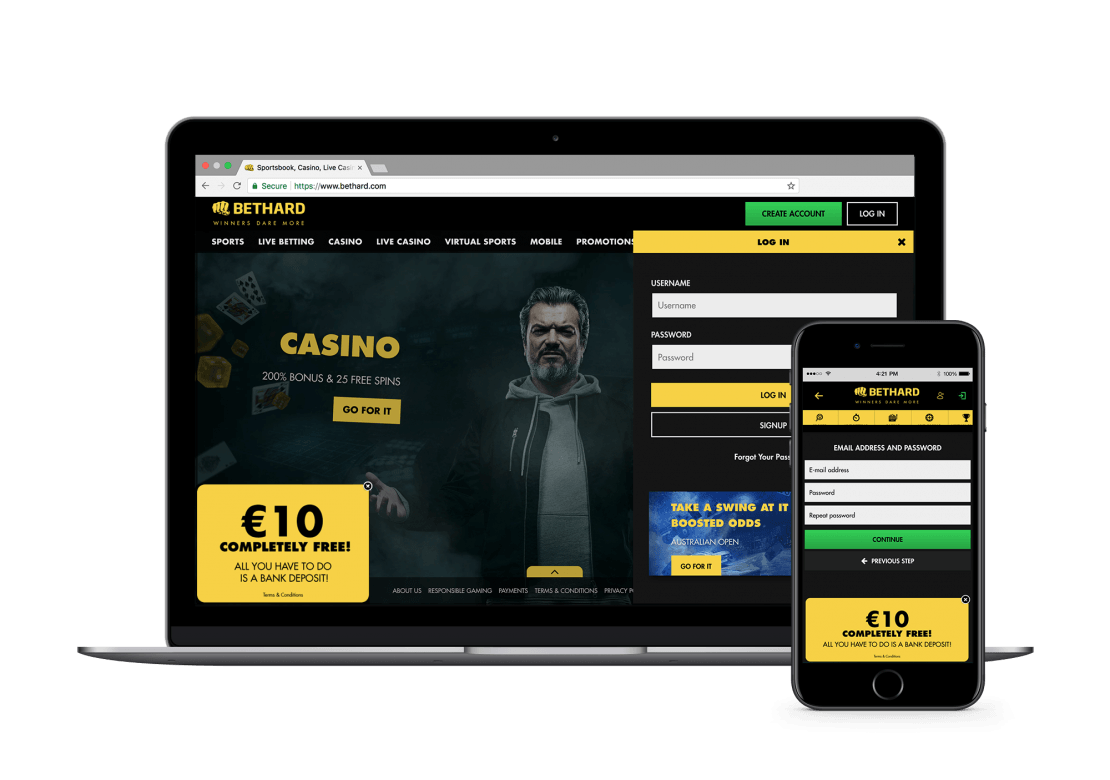
Though the festival season runs roughly from May until September, festivals themselves tend to last for little more than a weekend. This allows for targeted real-time promotions, so move away from generic festival promotions over the entire summer and get smart with how you target campaigns. Nothing has a bigger experience on the festival experience than the weather, so it’s important to be agile with regards to this – a website promoting sunglasses to festival goers ahead of a the wettest weekend of the summer won’t sell nearly as much as a website promoting wellington boots and raincoats!
Whatever the weather, goods purchased won’t be any use to the customer if they arrive after they’ve left for the festival. Here’s an opportunity to encourage purchases through a sense of urgency. Fashion websites selling festival clothing can highlight delivery deadlines using countdown clocks. These help customers visualize how long they have to make a purchase in order for it to arrive ahead of their festival. Fashion retailer MissPap utilizes a clock like this to highlight how long their sale will last for.

Luxury footwear retailer Hunter is a brand that has realized the full potential for sales during festival season, launching a festival range that, alongside their famous range of boots includes other festival essentials such as phone protectors, raincoats and umbrellas.

A spend threshold encourages visitors to increase their order value to receive free delivery. The same could be achieved with a Dynamic Promotion or Progress bar. Hunter also use recommendations to suggest other items from the range that might be of interest to the customer.

It’s all about recommending the right item at the right point in the customer journey. For example, sports nutrition brand Science in Sport, recommended additional products at checkout and drove a 155.5% uplift in conversion rate with the targeted group of visitors.
Electronics retailer Currys has realized that without a ticket to the match itself, the overwhelming majority of football fans will be watching this year’s World Cup on TV. This has prompted their latest campaign ‘Get Your TV For Free’.

This is an excellent example of hijacking an event for promotional needs. Currys is not an official partner of the World Cup, and the campaign itself doesn’t even mention the actual event. But by using relevant imagery, and timing the campaign to coincide with the tournament, the whole promotion is seen as related to the overall experience. Furthermore, whether TVs are bought in-store or online, the competition requires further visits to the website, which serves to increase traffic.
This idea of a competition to drive users back to the site has also been taken up by BetStars, seeking to get fickle users back betting with them.

Offering prizes as big as £100m to be won (if anyone guesses every single match correctly) the site also includes urgency with a countdown timer to inform people how long they have left to enter:

In order to increase their chance of winning, customers can enter more than once – but will need to unlock that ability by taking part in daily challenges on the site. It’s a great way to encourage both return visits and actual engagement with the site’s content.

Conclusion
There are so many events happening that they should play an integral part in your summer marketing. This guide has offered just a few ways brands can seek to take advantage of moments created by events to drive consumers to interact, and hopefully, continue their journey to conversion.
With summer marketing predicted to see bigger ad spends than ever before, getting the on-site experience right and relevant first has never been more important for brands to ensure ROI on marketing efforts during big events. Whether your promotion is in an official capacity or you are simply promoting to coincide with the event, remember to ensure you:
- Choose an event that is well suited to your brand values
- Use influencers or micro-influencers to build trust and awareness
- Feature user-generated content on-site to create social proof
- Consider the best formats and paid options for your social campaigns
- Map out the ‘real-time’ moments you can take advantage of to drive conversions